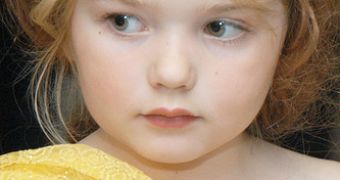If children see that someone they intend to help has harmed or had the intention of harming another person, their helpfulness towards that person will be tempered.
This is what two new studies on 3-year-olds, carried out by researchers at the Max Planck Institute for Evolutionary Anthropology in Leipzig, Germany, concluded.
The two surveys included nearly 100 middle-class German 3-year-olds, which took part in various scenarios, presenting different behaviors in adults.
The adult actors completed several actions that included helpfulness – taping together a drawing that someone else tore, harmfulness – tearing another person's drawing, intentions to harm – wanting to but not being able to tear another person's drawing, and accidental harmfulness – accidentally tearing another person's drawing.
For the next step of the study, the adults started playing a game that had a missing piece; children's helpfulness was measured depending on whether or not they gave the adult the missing piece.
The research concluded that children were less likely to help adults if they saw that they had harmed another person, but also if they saw that person intending to harm another individual, even if no real harm was done in the end.
The helpful adults and those than caused harm unintentionally, all received the missing game piece.
What this study suggests is that kids are not only sensitive to people's behaviors, but they can also sense their intentions and judge upon them.
Amrisha Vaish, postdoctoral researcher at Germany's Max Planck Institute for Evolutionary Anthropology and the studies' lead author, said that “in finding that children are quite sophisticated and discriminating helpers, our studies show that youngsters are sensitive not only to others' moral behaviors, but also to the intentions behind those behaviors.”
This new study contributes to understanding children's moral development, and contradicts the general belief that kids help everybody in the same way.
This new study appears in the November/December 2010 issue of the journal Child Development.

 14 DAY TRIAL //
14 DAY TRIAL //